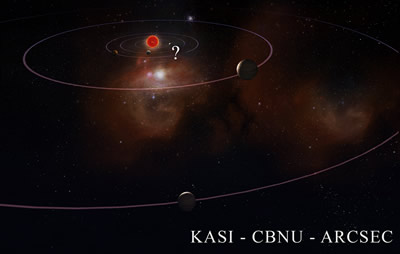
Windows to the Universe original image
Gravity Definition Page
Gravity is one of the universal forces of nature. It is an attractive force between all matter, and is very weak as compared to the other forces of nature. The gravitational force between two objects is dependent on their masses, which is why we can only see gravity in action when at least one of the objects is very large (like the Earth).Isaac Newton was the first scientist to define gravity mathematically when he formulated his law of universal gravitation, which says that the force of gravity between two objects (F) equals the mass of one object multiplied by the mass of the second object multiplied by the Gravitational constant (G, equal to 6.67 x 10^-11 Newton meters ^2/kg^2), all divided by the square of the distance between the two objects. This means that gravity is strongest between two very large objects, and gets much weaker as these objects get further apart.
One of the applications of this law is the concept of ‘escape velocity’, which is the velocity an object needs to achieve to escape the gravitational pull of another object (like the Earth). Escape velocity is equal to the square root of the quantity 2GM/R, where M is the mass of the object you’re trying to escape from, G is the Gravitational constant, and R is the radius of the object you’re escaping from. If we plug in the measurements we have for the planet Earth, we see that Earth’s escape velocity is about 11 km/s. This means that if you could throw a baseball at 11 km/s, it would never come down!
The concept of escape velocity is especially interesting when you consider black holes. These objects are extremely dense and very small, so M is huge and R is tiny. When we calculate the escape velocity for these objects, we find that the number is actually the speed of light, so not even light can get out! The size of these objects is almost unbelievable--if the Earth were to collapse so that it was this dense, it would end up being only about 2 cm in diameter!














